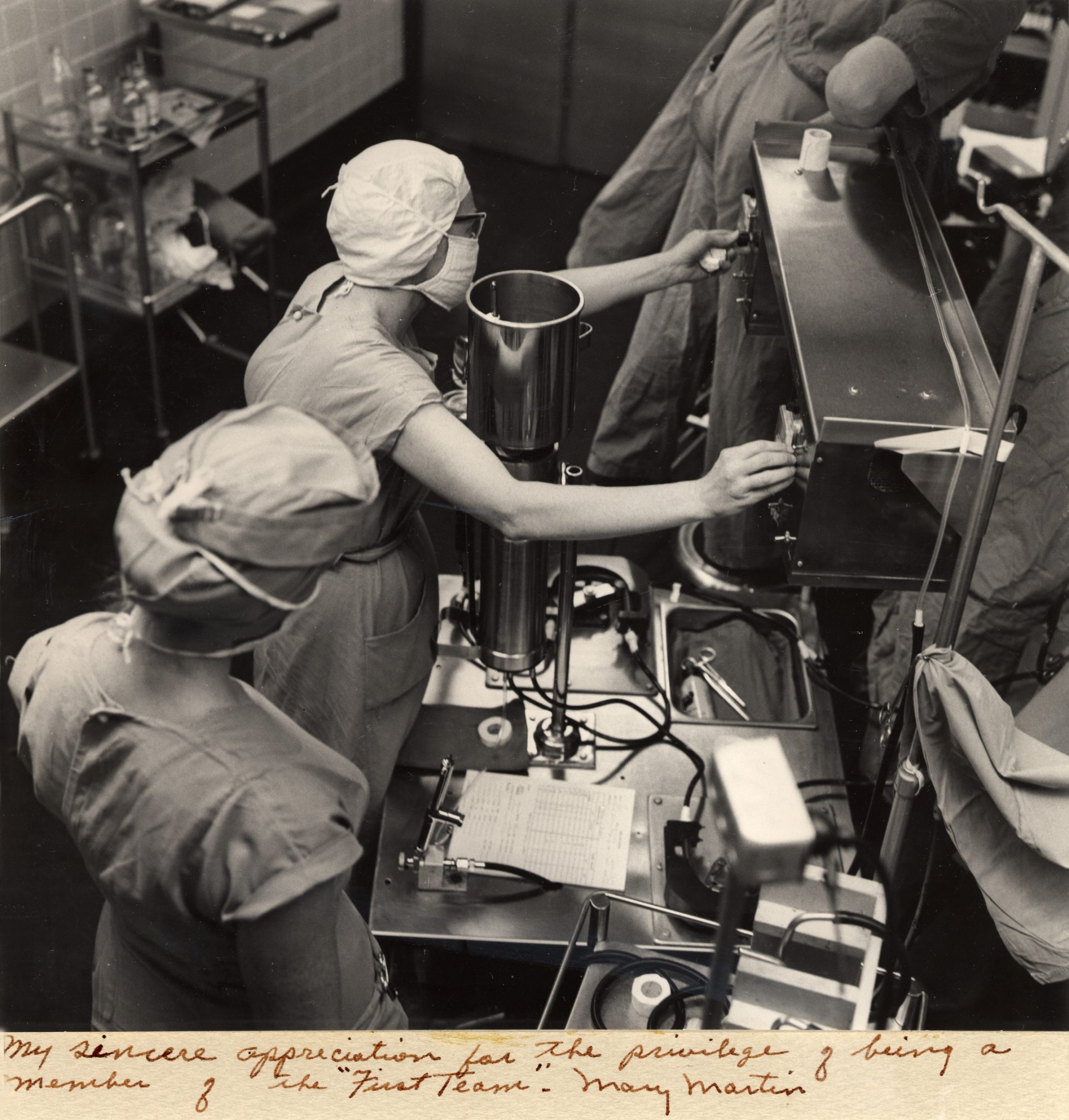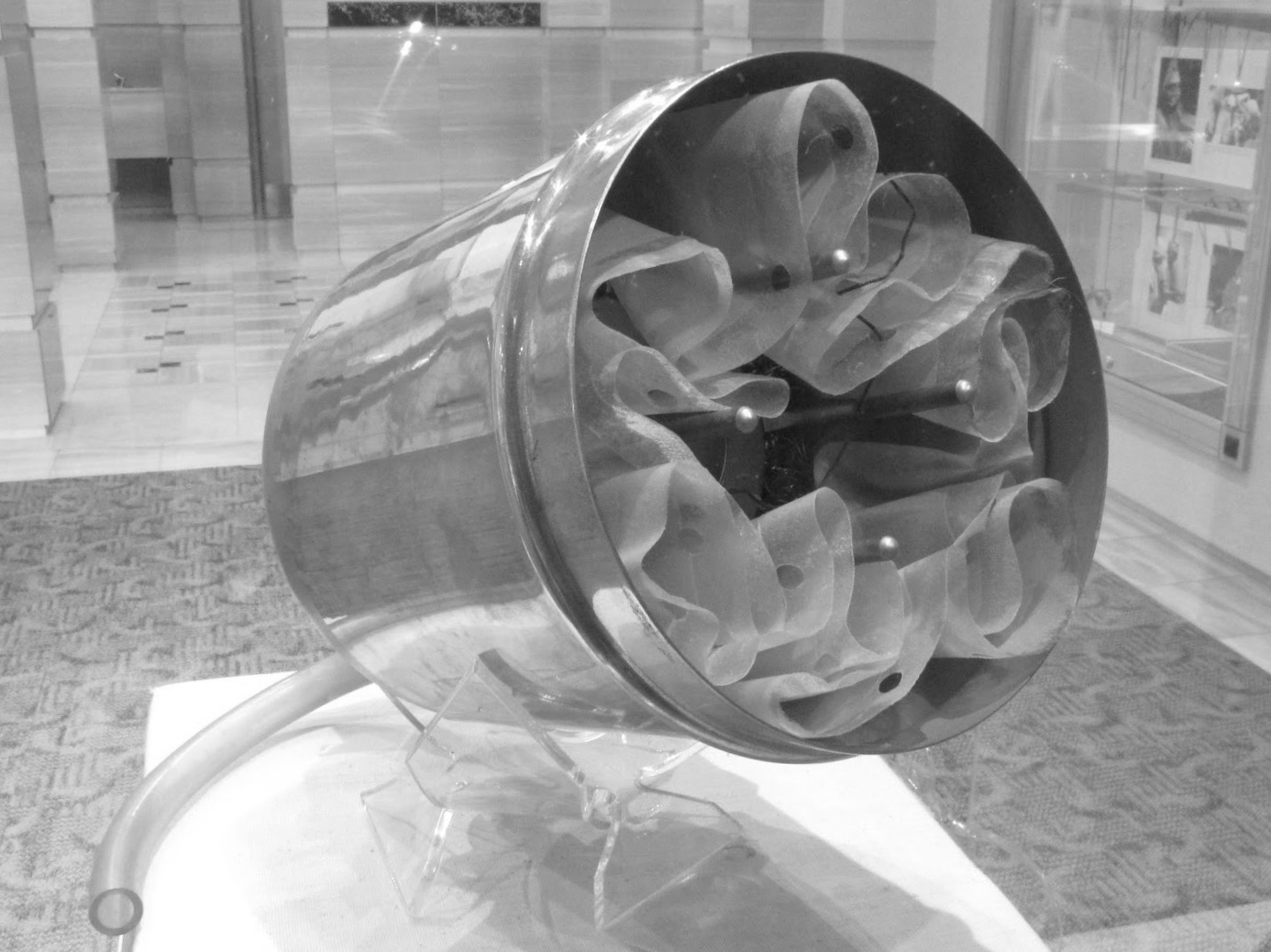Did You Know? | Percolators & Oxygenators

“Modify, simplify, apply.”
– Denton Cooley
Long before cup-on-demand coffeemakers, there was the percolator—a simple device that boils water and then sends it upward through a tube to the top of a perforated basket, where it rains down over the coffee grounds within, drips back down into the boiling water, and then circulates upward again.
Until the 1950s, cardiac surgery could be done only on a beating heart. Surgeons managed to operate on the great vessels and cardiac surface, but anything within the heart had to be done blindly, by using an exploring finger or instrument. What they needed was a way to operate inside the cardiac chambers under direct vision and in a relatively bloodless field, but this would require a means for temporarily excluding the heart and lungs from the circulation—that is, a pump to function in place of the heart, and an oxygenator to substitute for the lungs. In 1953, John Gibbon succeeded using the first heart-lung machine, and several groups, including Dr. Cooley’s, started building their own machines and improving upon each other’s designs.

Enter the percolator. In 1957, Dr. Cooley—a lover of the elegant, simple solution—led a team who designed a stainless-steel extracorporeal circulation apparatus that became known as “the Cooley Coffeepot” because it looked and functioned like a percolator and was actually fabricated at a local commercial kitchen supply company. The device delivered venous blood to the base of a column and introduced an oxygen spray, which sent the blood upward within the column. At the upper end of the column, the foamed blood entered a chamber containing stainless-steel sponges coated with anti-foaming silicone, where the blood was de-bubbled. It was then sent downward through a warmed helical chamber and returned fully oxygenated to the patient’s arterial system. Roller or finger pumps moved the blood along through flexible tubing. Although the apparatus had to be sterilized between uses, its stainless-steel construction made this step relatively simple.

The Cooley Coffeepot supported 250 operations and was used until the growing patient volume demanded an even simpler solution, one that would not require constant re-sterilization. To this end, a Minnesota group developed a disposable plastic bag-like oxygenator, dubbed the “pillowcase.” It had a de-bubbling chamber at the top and channels that carried the oxygenated blood to the bottom in a zig-zag pattern to remove any remaining air bubbles. The Cooley team modified the pillowcase by inserting a stainless-steel sponge into the defoamer to improve its function.
The Cooley Coffeepot and a pillowcase are on display in THI’s Wallace D. Wilson Museum, located on the first floor of the Cooley Building.

.svg)


